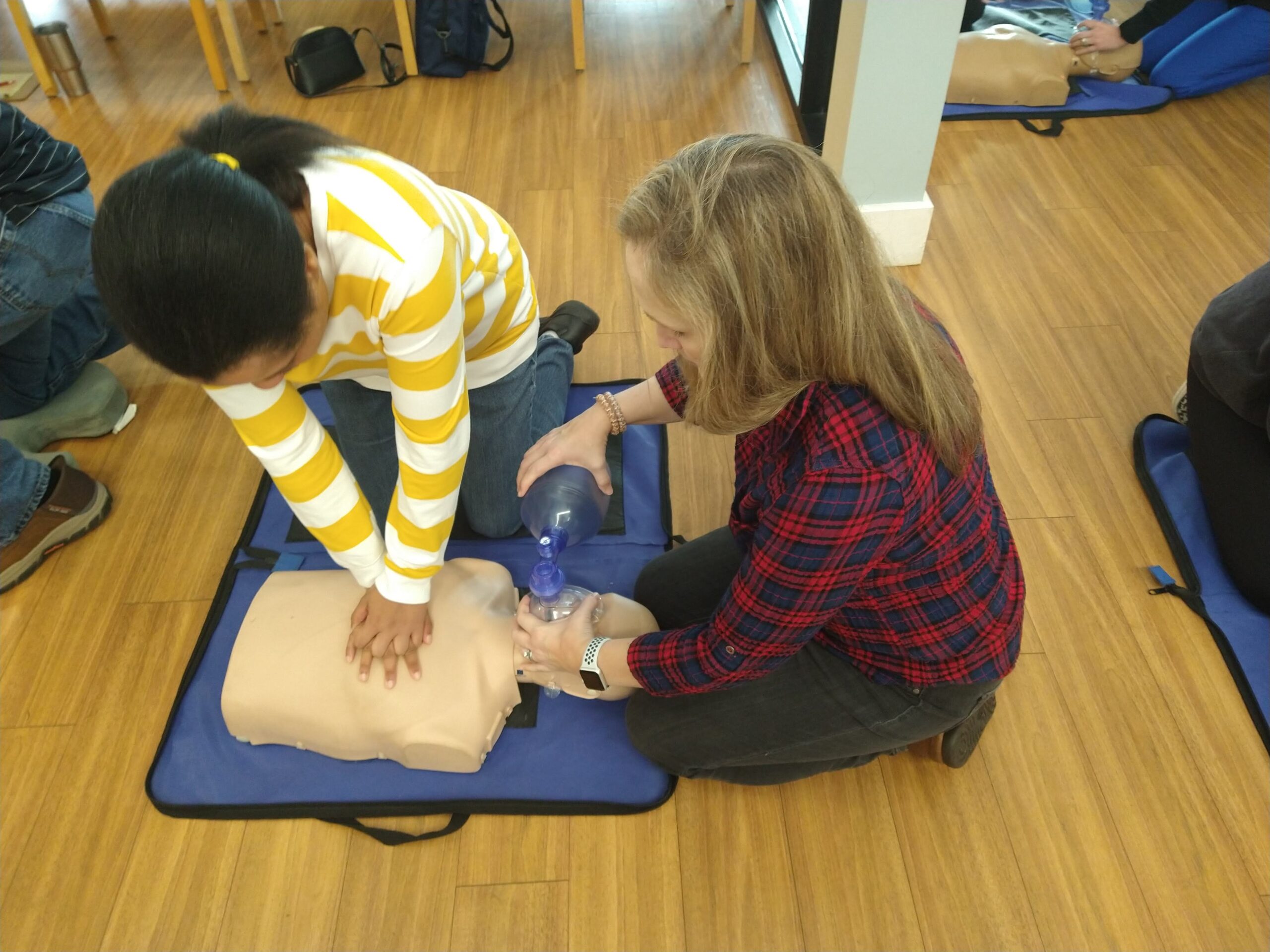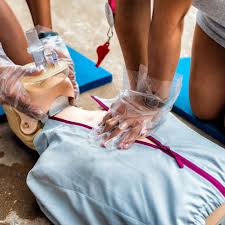Unveiling the Numbers: The CPR Success Rate and Its Impact on Saving Lives
Introduction
CPR, or Cardiopulmonary Resuscitation, stands as a pivotal life-saving technique enacted during emergencies when someone experiences cardiac arrest. Recognizing the profound impact CPR has on saving lives necessitates an exploration into its success rates. In this article, we uncover the statistics surrounding CPR and delve into the factors contributing to its effectiveness.
CPR Statistics in the United States
In the United States, approximately 350,000 resuscitation attempts occur outside hospitals annually, representing critical moments where immediate action can be the difference between life and death. However, these attempts also underscore the challenges associated with such interventions.
Outside Hospitals
Average Survival Rates
The average survival rates for resuscitation attempts outside hospitals range from 5 to 10 percent. This statistic sheds light on the difficulty of successfully reviving someone experiencing cardiac arrest in a non-medical setting.
Inside Hospitals
Survival Rates
Within hospital walls, where medical professionals have immediate access to advanced life support measures, survival rates are comparatively higher. With approximately 750,000 resuscitation attempts, the survival rate reaches about 20 percent.
Understanding the Numbers
The success rate of CPR is influenced by various factors, including the promptness of intervention, the quality of CPR performed, and the availability of medical resources. Despite challenges, CPR remains a crucial step in the chain of survival, buying precious time until professional medical help arrives.
Free CPR Practice Test
For those desiring to test their knowledge and preparedness in CPR, Pulse CPR School offers a FREE CPR practice test. This tool not only allows individuals to assess their proficiency but also serves as a valuable resource for staying informed about the latest CPR guidelines and techniques.
Conclusion
The statistics surrounding CPR underscore the importance of continuous education and training in life-saving techniques. While success rates may vary based on circumstances, CPR remains a vital intervention significantly impacting survival outcomes. Pulse CPR School in Martinez/Augusta, GA, is dedicated to equipping individuals with the knowledge and skills needed to increase the chances of success in resuscitation attempts. Take the initiative to learn CPR, test your knowledge with the free practice test, and be prepared to make a difference in those critical moments when every second counts. Contact Pulse CPR School at 706-901-7277 to enroll in life-saving courses and become a valuable asset in your community.
What is the life expectancy after CPR?
Survival rates post-CPR are significant factors to consider when evaluating the effectiveness of resuscitation attempts. According to studies, survival rates after CPR are reported as follows:
- 74% at 1 year
- 51% at 3 years
- 38% at 5 years
- Approximately 28% at 9 years
These results, while promising, highlight the importance of ongoing medical monitoring and care for individuals who have undergone CPR.
Can you survive after 40 minutes of CPR?
Japanese researchers suggest that continuing CPR for a half-hour or more may help victims survive with good brain function, even after a full 38 minutes. This emphasizes the potential for positive outcomes with prolonged CPR efforts.
Can you survive 45 minutes of CPR?
Out-of-hospital cardiac arrest poses a significant public health challenge. Research indicates that the CPR duration required to achieve a Return of Spontaneous Circulation (ROSC) in over 99% of out-of-hospital cardiac patients with a 1-month favorable neurological outcome was 45 minutes, considering both pre- and in-hospital settings. This underlines the importance of persistent CPR efforts in certain cases.



